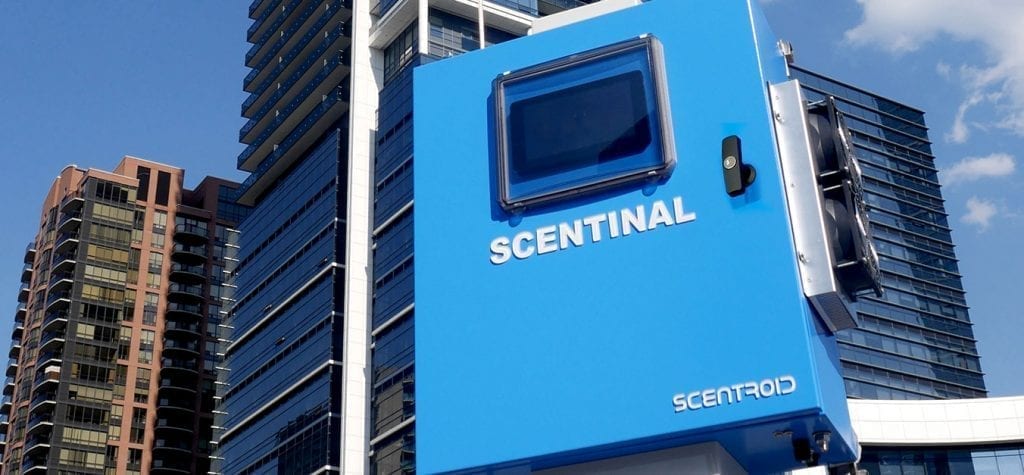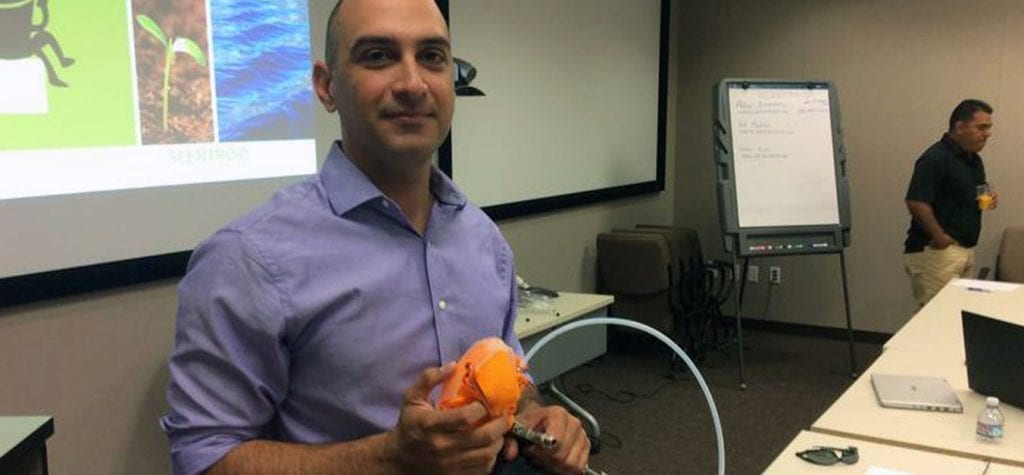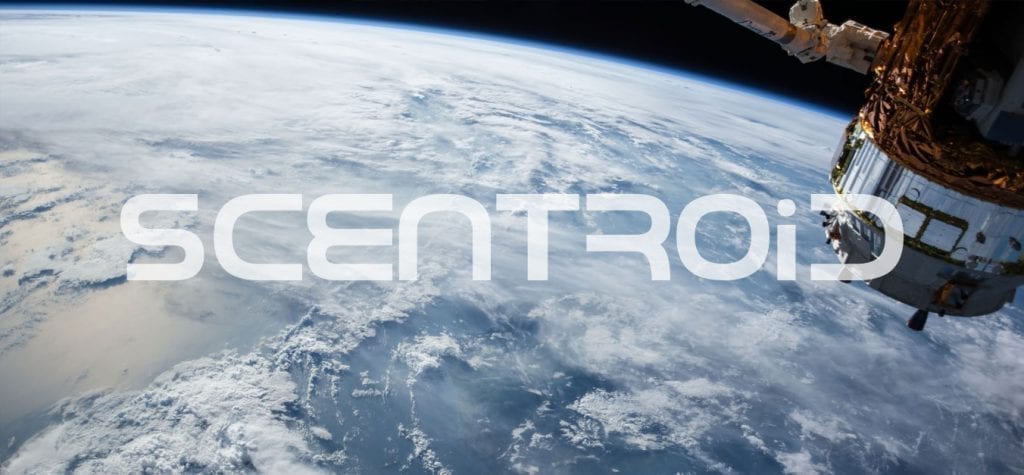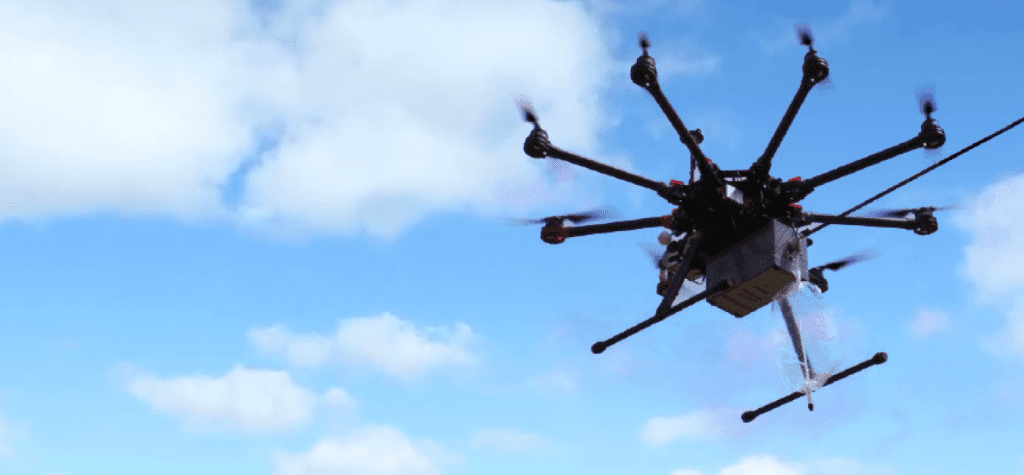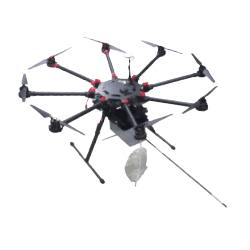How Smart Cities are Using Scentinal SL50 to Map Air Quality
According to WHO, more than 5.5 million people worldwide die each year as a result of air pollution. Many of these deaths occur in large cities, where exhaust, factories, and other industries fill the air with pollutants. WHO issued in 2005 the air quality guidelines (AQG) with the intent to achieve the protection of public […]
How Smart Cities are Using Scentinal SL50 to Map Air Quality Read More »

